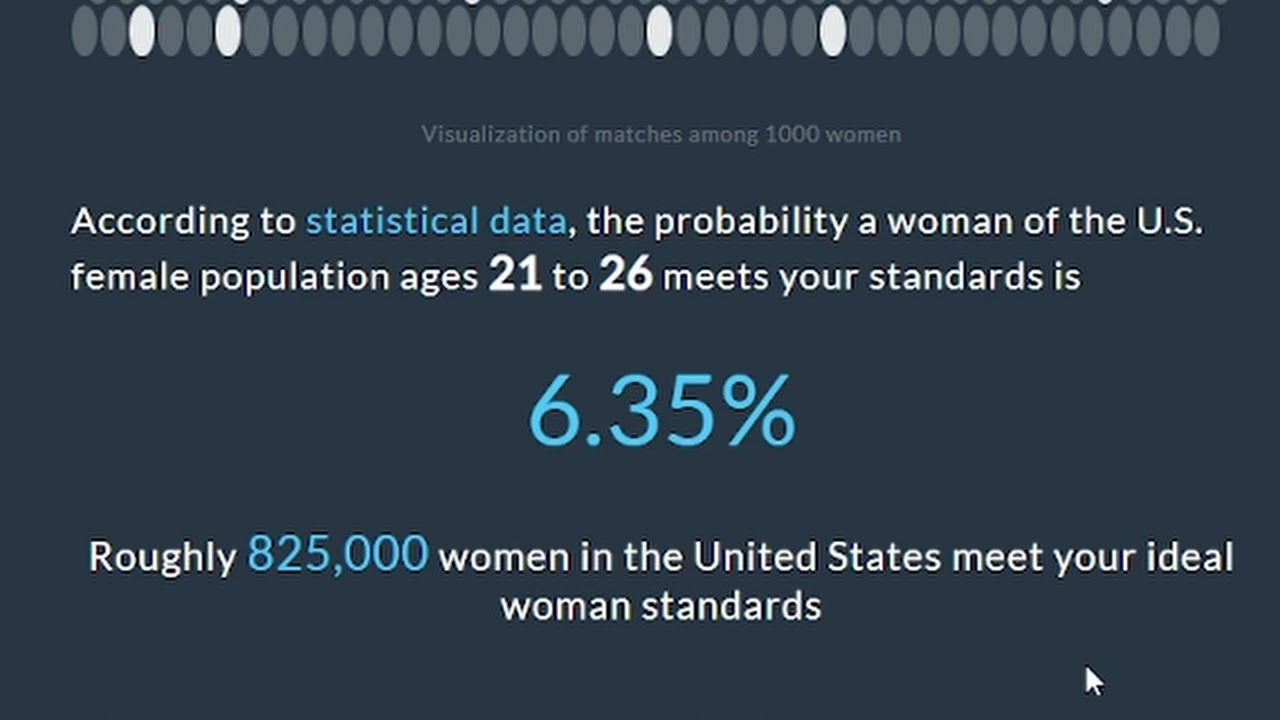Hello, dear reader! I’m excited to share my knowledge with you about building amazing things. Today, I want to dive into the topic of creating a reality calculator. It’s an exciting project that can bring a lot of practical value to our lives. So, let’s get started and explore the possibilities together.
Understanding the Concept
A reality calculator is a fascinating tool that allows us to project different scenarios and their potential outcomes. It takes inputs and parameters to generate predictions about real-world situations. Imagine being able to calculate the potential success of a business venture or the impact of personal decisions before making them. Intriguing, isn’t it?
By understanding the concept behind a reality calculator, we can see the immense potential it holds in various applications. This knowledge forms the foundation for its construction.
Gathering the Necessary Data
To create a reality calculator, we need to gather relevant data points and information. This involves understanding the factors that influence the specific scenario we want to analyze. Whether it’s financial projections, market trends, or behavioral patterns, the accuracy of the data will significantly impact the reliability of the calculator’s predictions.
It’s essential to carefully identify and organize the necessary data to ensure the calculator’s effectiveness. This stage requires attention to detail and the ability to analyze complex information.
Building the Algorithm
The heart of a reality calculator lies in its algorithm. This is where we translate the gathered data into a mathematical model that can produce meaningful results. Developing an algorithm involves utilizing statistical and computational methods to process inputs and generate outputs.
Creating a robust and efficient algorithm is a demanding yet intellectually rewarding task. It requires a deep understanding of mathematical concepts, programming skills, and the ability to iterate through different models to find the most accurate one.
Testing and Refinement
Once the reality calculator is built, it’s crucial to subject it to rigorous testing. This involves running simulations with known scenarios to verify its accuracy and reliability. Testing helps identify any inconsistencies or weaknesses in the calculator’s predictions.
Refinement comes next, where we use the test results to improve the algorithm and fine-tune its performance. This iterative process ensures that the reality calculator can provide meaningful and dependable insights.
Sharing Ideas and Feedback
I’d love to hear your thoughts on the concept of a reality calculator and the process of building one. How do you envision using such a tool in your personal or professional life? Share your ideas and feedback with the community, and let’s continue the conversation.
Let’s keep the dialogue going. If you have any questions or suggestions about building a reality calculator, don’t hesitate to leave a comment below. Your input is valuable, and I’m here to help in any way I can!
